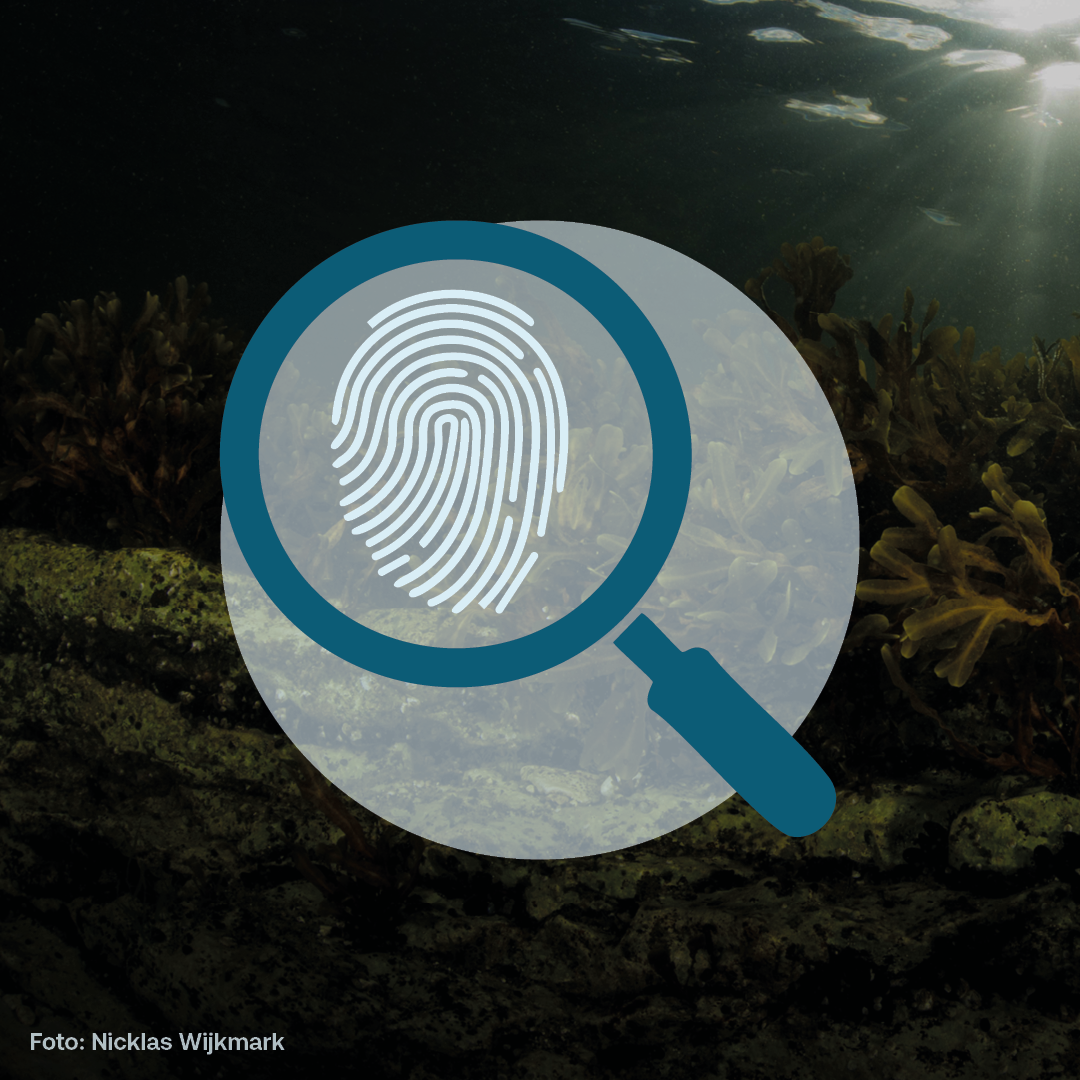The Baltic Sea plays a vital role as a natural carbon sink. By capturing organic carbon, which is then stored in the seabed sediments, the Baltic Sea contributes to mitigating climate change. But where does the carbon stored in the Baltic actually come from? In a new project funded by BalticWaters, Nicholas Kamenos and his colleagues at Umeå University aim to find the answer and trace the sources of the carbon.
Beneath the water’s surface, the sediment floors of the Baltic Sea spread out – sandy, rocky, and muddy. At first glance, they may seem unremarkable, but the marine sediments play a crucial role in the uptake and storage of carbon – a process of great significance for the climate.
– Natural photosynthetic systems capture carbon dioxide from the atmosphere and convert it into biomass, which helps to mitigate carbon emissions. We have a good understanding of carbon storage on land, but when it comes to the sea, we know considerably less, says Nicholas Kamenos, Professor at the Department of Ecology, Environment and Geosciences and Director of Umeå Marine Sciences, both at Umeå University.
Research on carbon storage in the sea has thus far primarily focused on ecosystems where carbon is bound in vegetation, similar to those on land. However, the function of marine sediments, which capture and bury organic material, has received less attention.
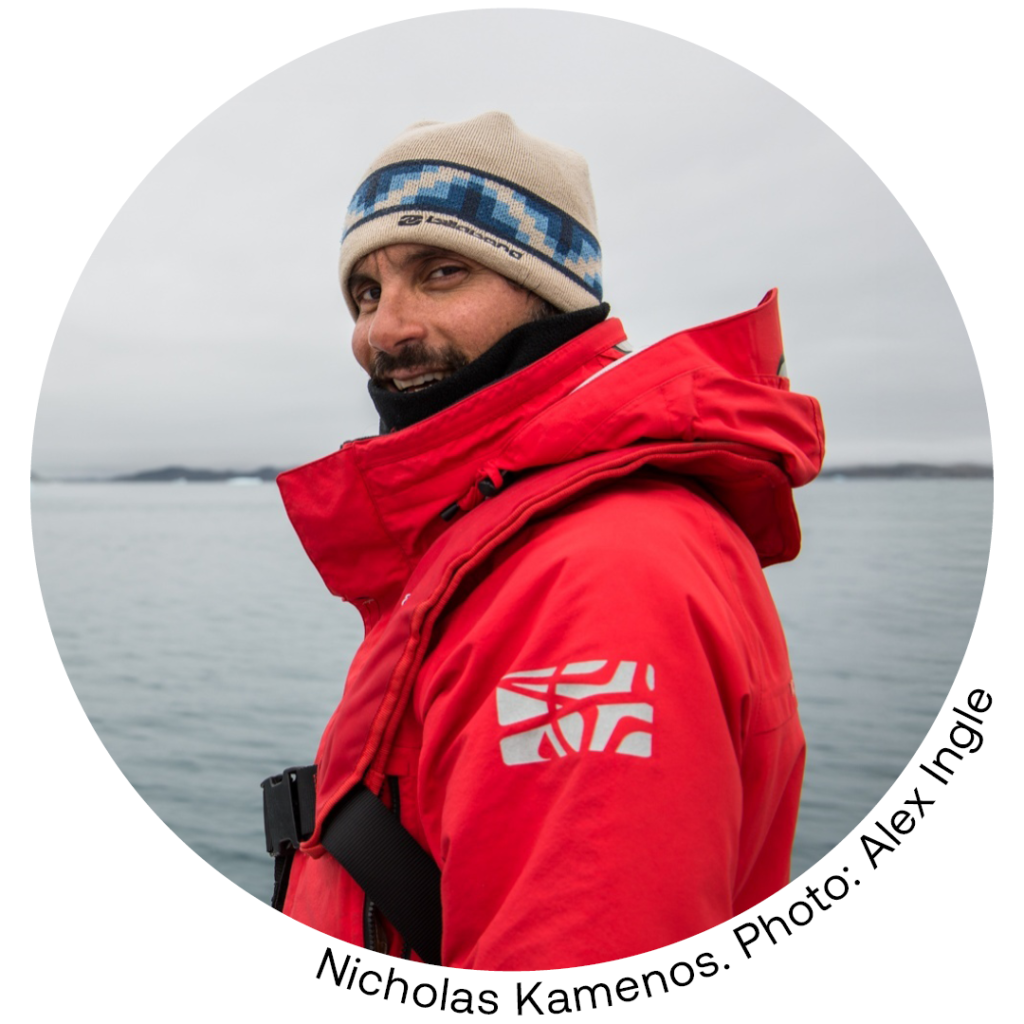
– We know that the Baltic Sea contains large amounts of carbon and that marine sediments play an important role in capturing it. However, it has been unknown where the carbon comes from, explains Nicholas.
That’s something Nicholas and his research colleagues at Umeå University aim to change. In a new research project funded by BalticWaters, they will identify the sources of the carbon stored in the Baltic Sea and trace how it is transported down to the seabed.
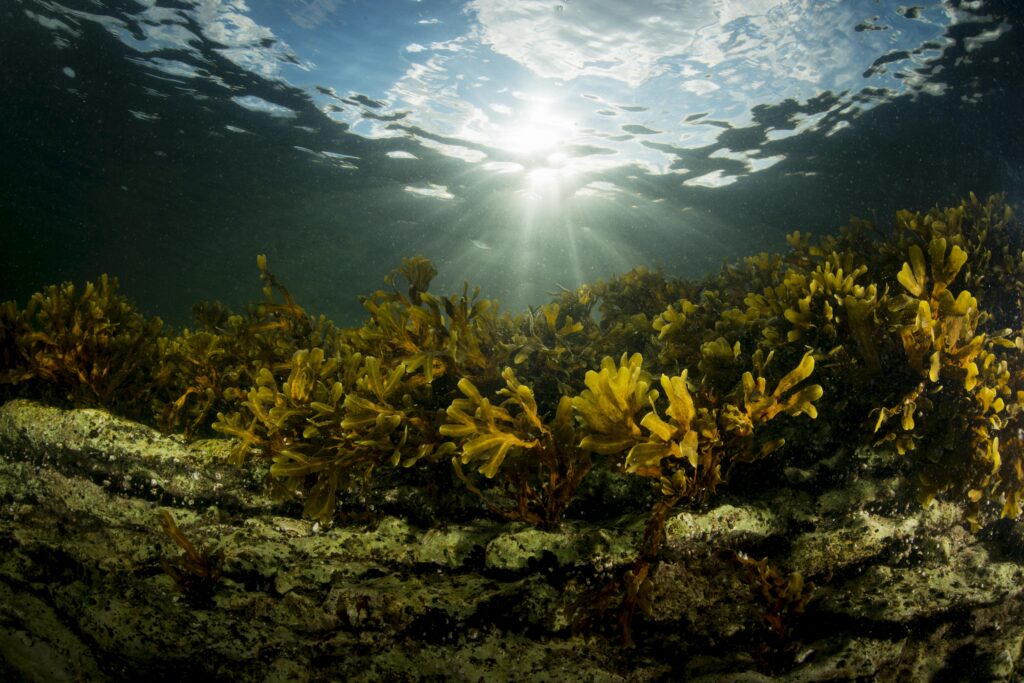
DNA and chemical fingerprints will reveal the carbon sources
The researchers’ first step will be to determine the origin of the organic carbon in the sediments. Previously, it was thought that most of the carbon came from the marine ecosystem – an assumption that Nicholas believes there is reason to question.
– We know that organic material from the sea is stored in the sediments. But it is also likely that material from land, for example from forests and agriculture, is transported to the Baltic Sea via surrounding waterways, he says.
Just like detectives trying to tie suspects to a crime scene, the project will use DNA to trace the source of the carbon.
– By analysing DNA from the sediments and comparing it with DNA obtained from potential carbon sources on land and in the sea, we can identify where the carbon comes from, explains Nicholas.
DNA analyses can reveal which type of plant or crop has contributed the carbon, but they do not indicate how much carbon has come from each source. To answer this, the researchers will use another classic method also employed in criminal investigations – fingerprints.
In the same way that a forensic scientist matches a fingerprint from a crime scene to a suspect, we can compare the chemical composition of marine sediments to potential carbon sources.
– Organic material from different sources has unique combinations of nitrogen and carbon, a kind of chemical fingerprint, explains Nicholas.
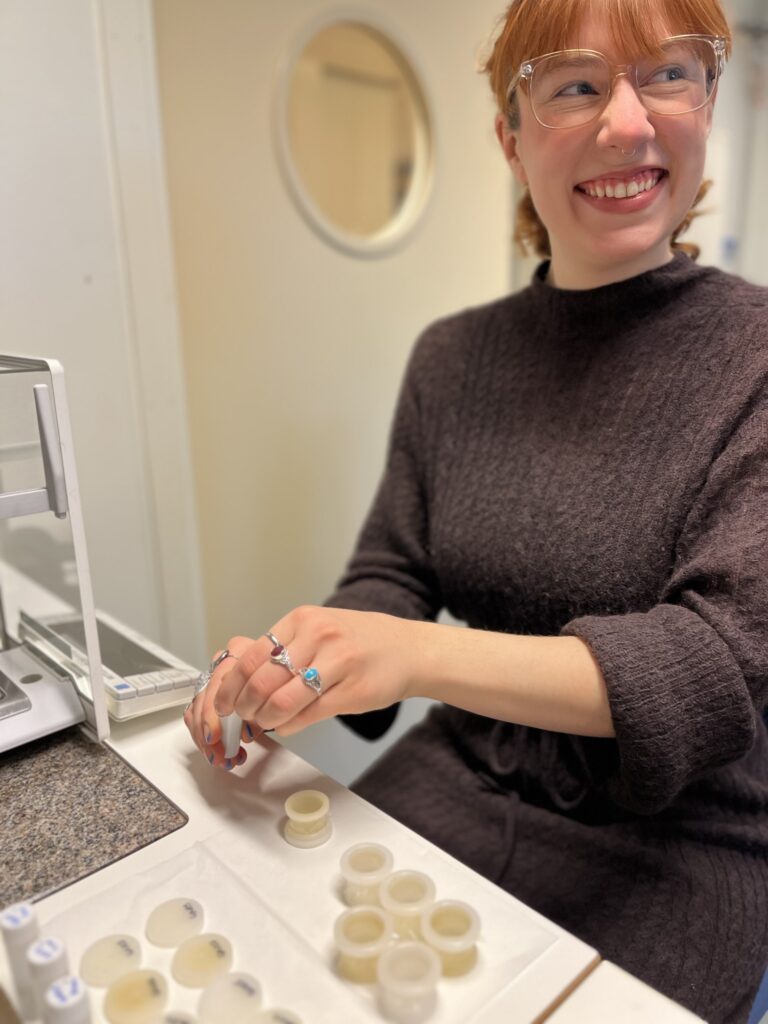
Amy Weisenfeld prepares samples from organic carbon sources, including tree leaves, for isotope analysis in the lab. Photo: Alexandra Rouillard.
Changes on land can reduce the sea’s climate benefit
Why is it important to understand where the carbon stored in the Baltic Sea comes from? According to Nicholas, the answer is simple: if we don’t know the origin of the carbon and its path to the sea, we can’t prevent potential disturbances in its delivery.
– To protect the ocean’s climate-regulating effect, it is not enough to identify the sources; we must also map the risks along the transport route, says Nicholas.
If a key carbon source or transport route, such as a forest, road, or river, changes or disappears, the ecosystem risks losing its carbon supply. The system can retain the carbon already captured, but its ability to store new carbon may be lost, he explains.
For this reason, the researchers also plan to create a map that assesses the vulnerability of the different carbon transport routes – from the source all the way to the Baltic Sea’s seabed sediments.
– A map showing both important sources and transport routes can help us ensure that the ecosystem continues to store new carbon and maintain its role as a carbon sink, says Nicholas.
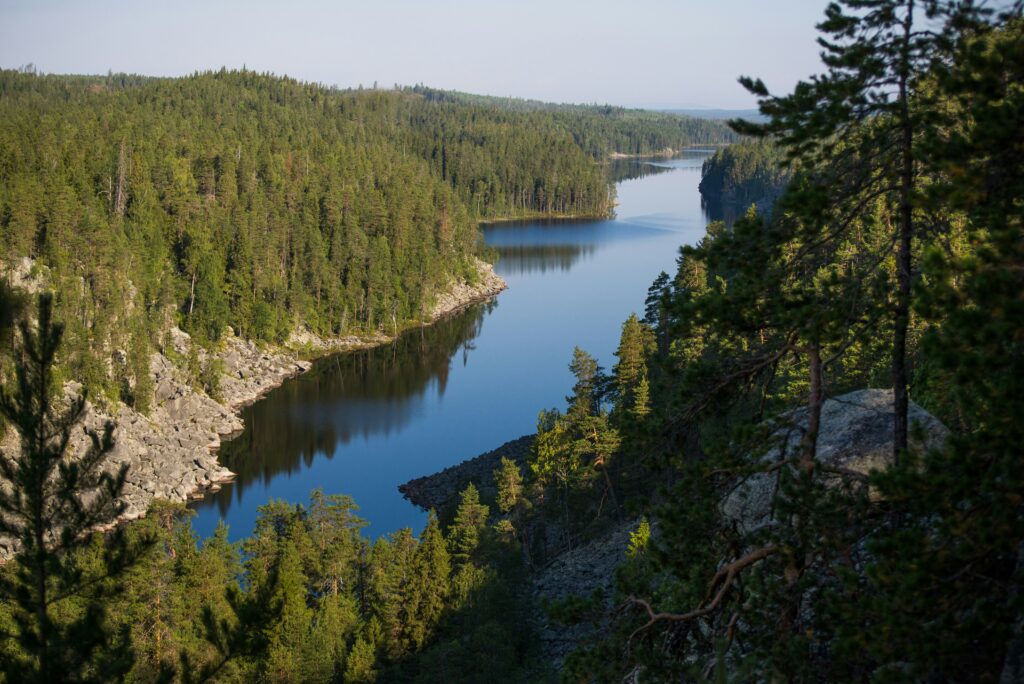
Forests are believed to be an important source of the organic material that is then stored in Baltic Sea sediments.
Protecting the Baltic Sea as a carbon sink requires joint management of land and sea
There are many factors to consider when deciding how a marine area should be protected, but carbon storage has not generally been one of them.
– Despite the fact that marine ecosystems are important carbon sinks, they are not managed based on their ability to store carbon, unlike land-based areas like forests, says Nicholas.
It is not only crucial that carbon becomes an integral part of marine management, but also that both land and sea are managed jointly – something Nicholas hopes the project can contribute to.

To ensure that the Baltic Sea can continue to store carbon, joint management of land and sea is needed. Illustration: Sofie Handberg
– Since we know that the ocean’s carbon sinks depend on carbon supply from land, we can no longer manage these areas separately. For the sea to continue storing carbon, a joint strategy is needed, he explains.
– By mapping the sources and transport routes of the carbon stored in the Baltic Sea, we can guide decision-makers on which areas should be protected.
What types of measures might this involve?
– One of the most important measures is to minimise activities that could release stored carbon, particularly by avoiding disturbances to the seabed. It is also important to protect the sources of the carbon and their transport routes, says Nicholas.
– But for it to be done correctly, all stakeholders need to be included in the process, he adds.

About the project
The project Where does the carbon stored in Baltic Sea sediments come from? is being carried out by Umeå University. Through BalticWater’s Program to fund research projects and pre-studies, the project has been granted funding of SEK 996,792. You can read more about the other three funded projects in the article New projects for a living sea.
